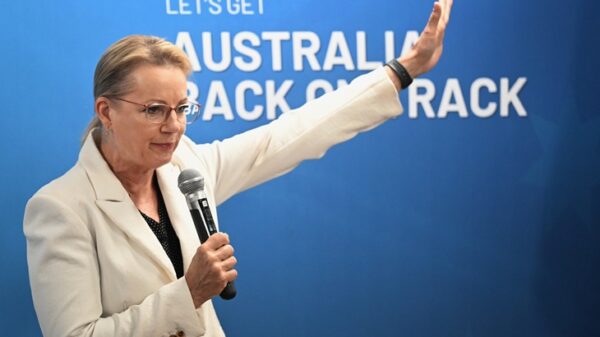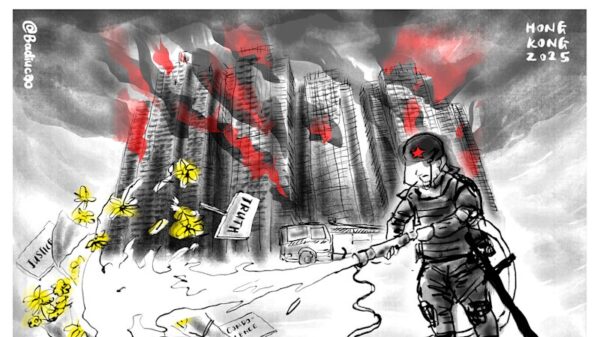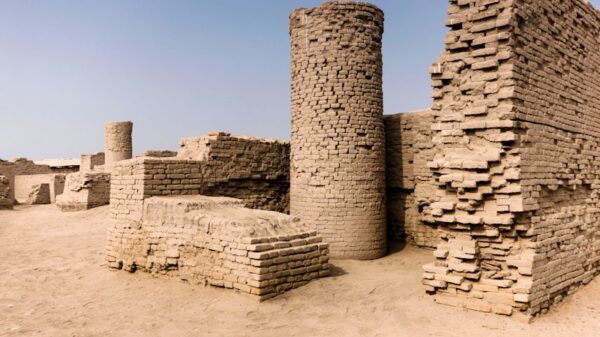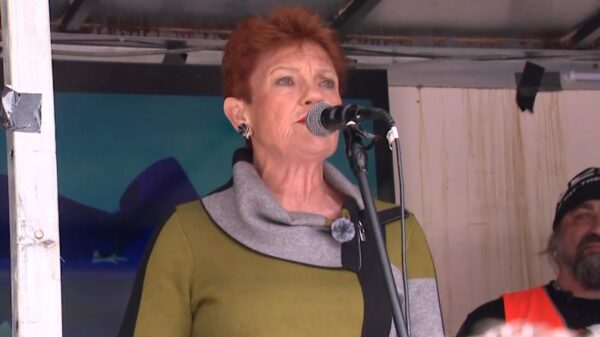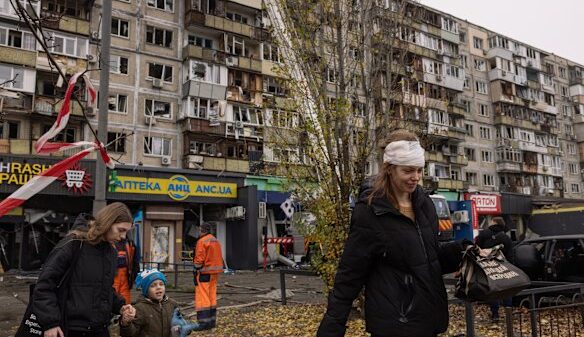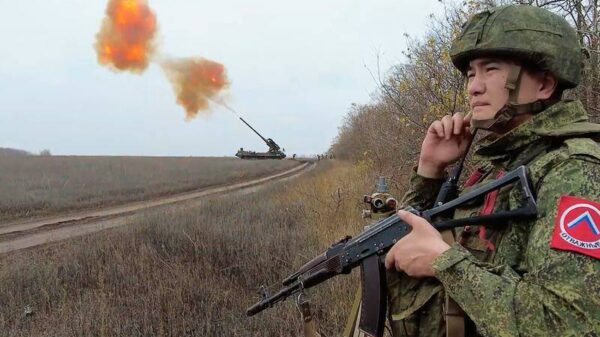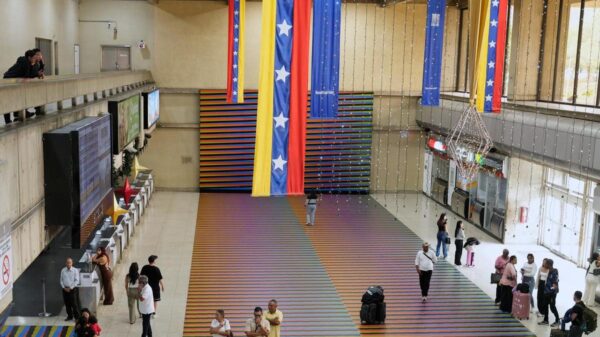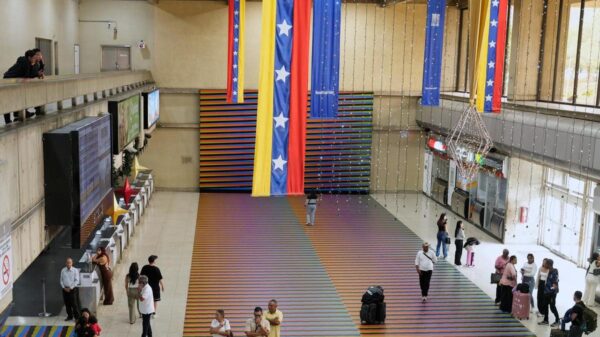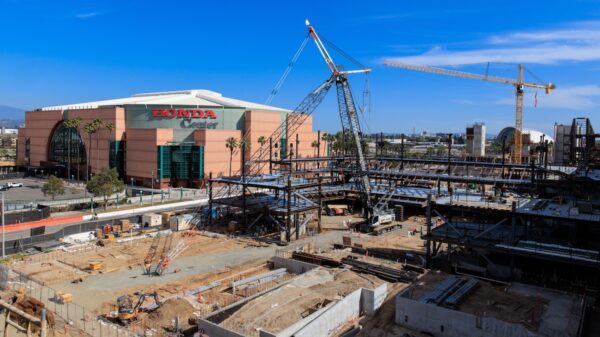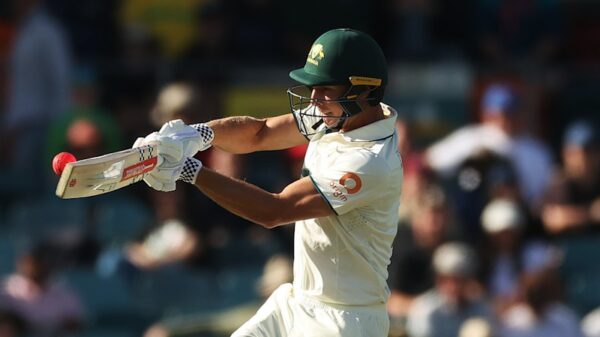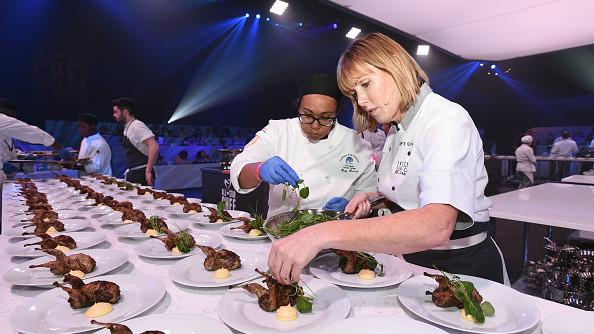Global oil markets are responding positively to the increased output from OPEC+, with the United Arab Emirates (UAE) playing a significant role in meeting rising demand. According to Suhail al-Mazrouei, the UAE’s Energy Minister, the market has effectively absorbed the additional barrels without significant inventory builds, indicating a genuine need for the heightened supply.
During a statement made on Wednesday, al-Mazrouei emphasized the absence of major inventory increases despite several months of production hikes. “You can see that even with the increases for several months we haven’t seen a major buildup in inventories, which means the market needed those barrels,” he said. This observation aligns with the recent decision by OPEC+ to increase oil production.
In a notable adjustment over the weekend, OPEC+ producers, including the UAE, announced a boost in oil production by 548,000 barrels per day (bpd) for August, a rise from the 411,000 bpd production levels maintained in the previous three months. Analysts were caught off guard by this more significant increase, which could lead to inventory builds and potentially lower oil prices as peak summer demand begins to recede in the autumn.
OPEC+ Strategy and Future Production Plans
The decision to increase production comes as OPEC+ aims to take advantage of stronger demand during the peak summer travel season in the northern hemisphere. The group has justified this move by citing a “steady global economic outlook and current healthy market fundamentals, as reflected in the low oil inventories.”
Looking ahead, the eight OPEC+ members that are unwinding their production cuts are expected to announce another substantial increase for September during their meeting in early August. If confirmed, an additional increase of 550,000 bpd for September would allow OPEC+ to fully restore the 2.2 million bpd cuts, which have been in place for three years.
This increase would also coincide with the UAE’s request last year for a higher production quota, which was granted due to its ramp-up in production capacity. With the adjustments made in August and expected in September, the landscape of the oil market may undergo significant changes as the group responds to evolving demand dynamics.
As the situation develops, market participants will closely monitor the impacts of these production increases on global oil prices and inventory levels, particularly as summer demand winds down. The moves by OPEC+ reflect a strategic response to both current market conditions and future expectations, showcasing the intricate balance the organization must maintain in the ever-changing global oil landscape.

